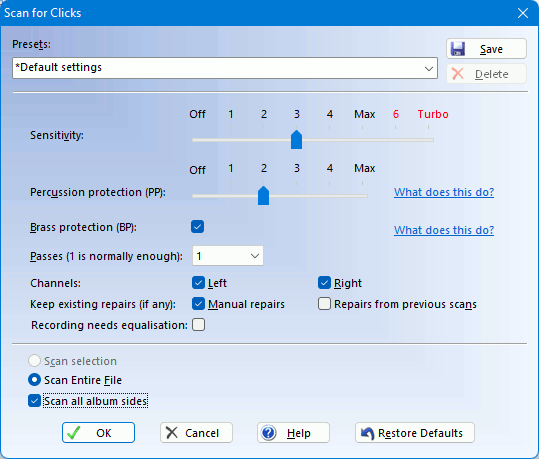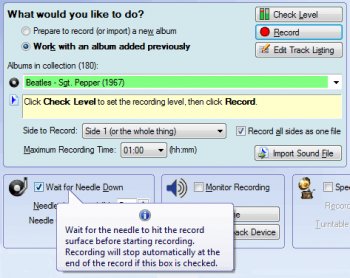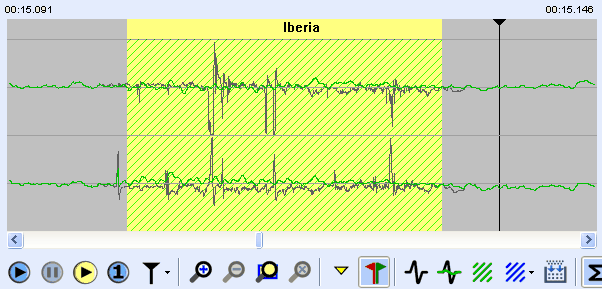

#VINYLSTUDIO VS VINYLSTUDIO PRO SOFTWARE#
You can buy software to edit such sounds but it’s a time-consuming process, and if you’ve been overzealous all that additional processing may spoil the recording. While such sounds may – if they’re not too excessive – add character to vinyl playback, people tend to be less forgiving of such noises from a digital source. Remember: any hisses, clicks and pops will be recorded along with the music. Ideally, they would be brand-new and unused straight from the sleeve, but we understand that’s not practical in most cases. Make sure the player isn’t jostled during the recording, and keep the playback volume low to reduce any degradation of sound caused by feedback from the speakers.Īlso, make sure your records are spotless and dust-free. If a song lasts five minutes, that’s how long it will take to record.

In stark contrast to the few seconds that ripping a typical track from CD takes, vinyl can only be recorded in real time.
#VINYLSTUDIO VS VINYLSTUDIO PRO FREE#
Is the tip free of fluff? Are the tracking force and bias adjusted correctly? These simple things can help produce a better-sounding recording. Little things, such as whether it’s sitting level, or that there’s enough oil in the main bearing, can make all the difference to the performance.Ĭheck your cartridge too. If you haven’t checked your turntable set-up for a while, it’s worth doing so. These are the best phono preamps money can buyīefore you start recording, make sure your deck is working optimally.At first the interface looks pretty complicated, and some of the editing functions take a while to figure out, but spend some time getting familiar with it and it works well. If that’s the case, we recommend Audacity software.

This includes many of the features of Pure Vinyl, including built-in RIAA equalisation, but costs only $30 (around £20).įor many people, even this may be a step too far. It’s great, but the downside is a price of around £280 ($380).Ī more affordable alternative is VinylStudio.

There are also powerful editing functions to help optimise the recording. It features built-in phono equalisation, for example, so you can feed the turntable’s output straight into the computer without needing a phono stage in the signal path. Channel D’s Pure Vinyl (pictured above) comes in at the top end and offers a great deal of flexibility. There are many options on the market, some specifically designed for recording vinyl.


 0 kommentar(er)
0 kommentar(er)
